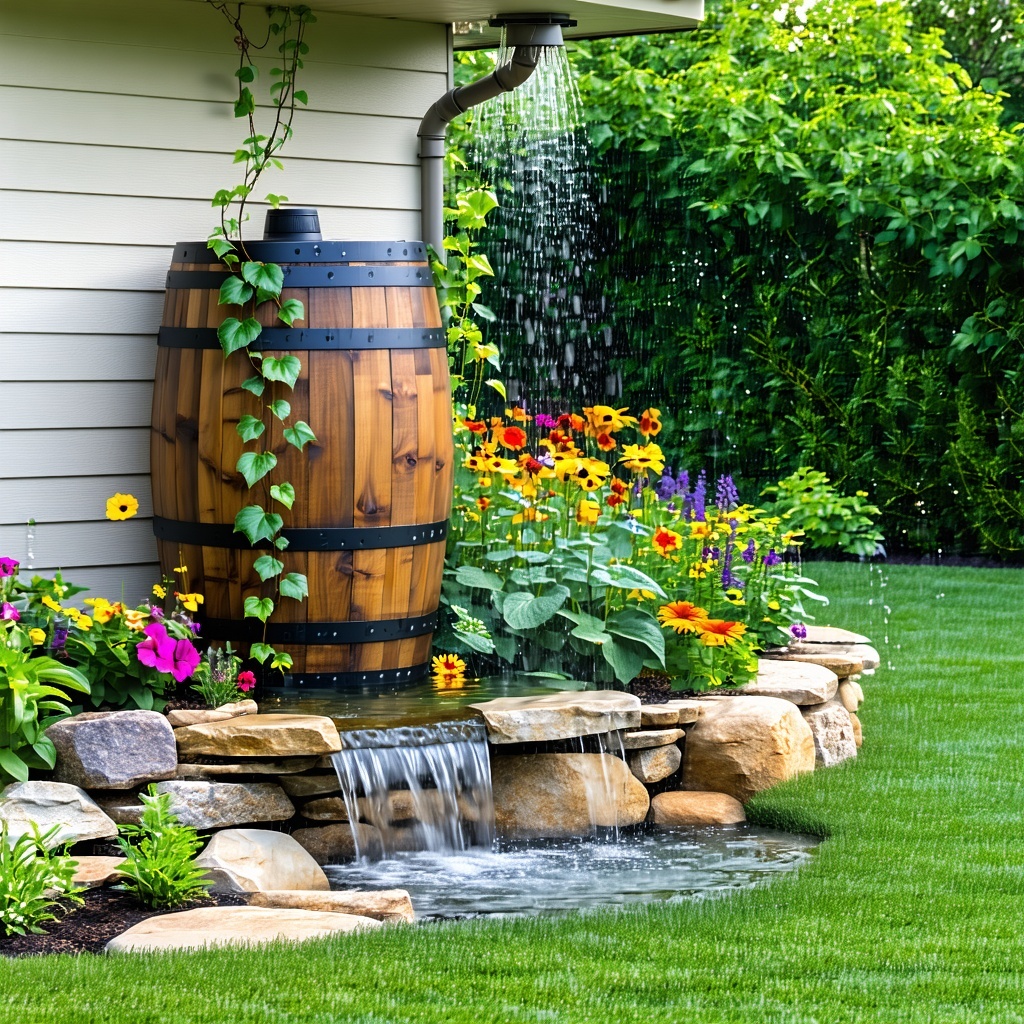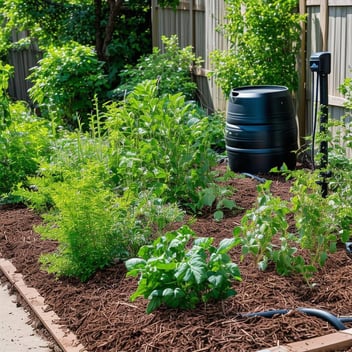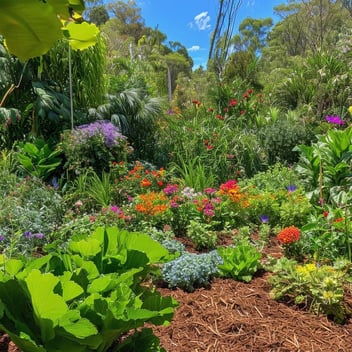Rainwater Harvesting Systems as Functional Garden Features
Introduction: Embracing Sustainability in Garden Design
In an era where environmental consciousness is paramount, integrating rainwater harvesting systems into garden landscapes has emerged as a harmonious blend of functionality and aesthetics. These systems not only conserve water but also enhance the visual appeal of outdoor spaces, offering a sustainable solution that aligns with modern gardening practices.
1. Understanding Rainwater Harvesting
-
Definition and Importance: Rainwater harvesting involves collecting and storing rainwater for later use, reducing dependence on municipal water supplies and mitigating runoff.
-
Benefits: This practice conserves water, lowers utility bills, and provides plants with naturally soft, chemical-free water, promoting healthier growth.
2. Types of Rainwater Harvesting Systems
-
Rain Barrels: Simple containers placed under downspouts to collect rainwater. They are cost-effective and easy to install.
-
Rain Gardens: Shallow, vegetated basins that absorb and filter runoff, enhancing groundwater recharge and supporting biodiversity.
-
Rain Chains: Decorative alternatives to downspouts that guide rainwater into storage containers or gardens, adding an artistic touch.
3. Integrating Aesthetics with Functionality
-
Design Considerations: Selecting materials and designs that complement the garden's theme ensures that rainwater harvesting systems enhance the overall landscape.
-
Placement: Strategic positioning of systems maximizes water collection and maintains visual harmony within the garden.
4. Maintenance and Upkeep
-
Regular Cleaning: Ensuring that gutters, filters, and storage containers are free from debris maintains system efficiency.
-
Seasonal Checks: Inspecting for leaks, cracks, or blockages, especially before rainy seasons, prolongs the lifespan of the system.
5. Environmental and Economic Impact
-
Water Conservation: Reducing reliance on treated water sources lessens the strain on municipal systems and preserves natural water bodies.
-
Cost Savings: Lower water bills and potential eligibility for local rebates make rainwater harvesting economically advantageous.
Conclusion: Cultivating a Sustainable Future
Incorporating rainwater harvesting systems into garden designs is a testament to sustainable living. By thoughtfully blending these systems with aesthetic elements, gardeners can create spaces that are both beautiful and environmentally responsible. Embracing such practices not only nurtures the garden but also contributes to the broader goal of ecological stewardship.




